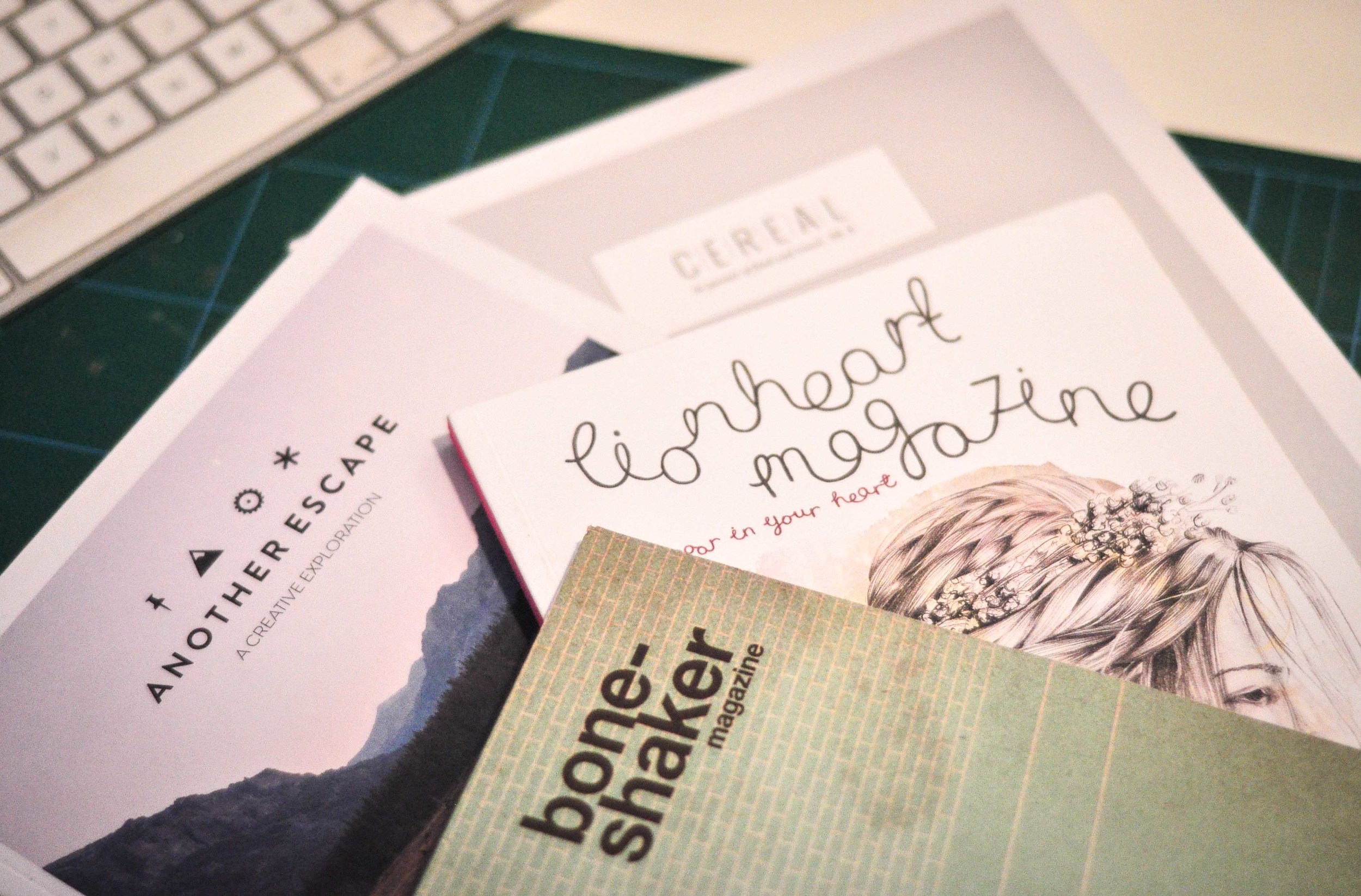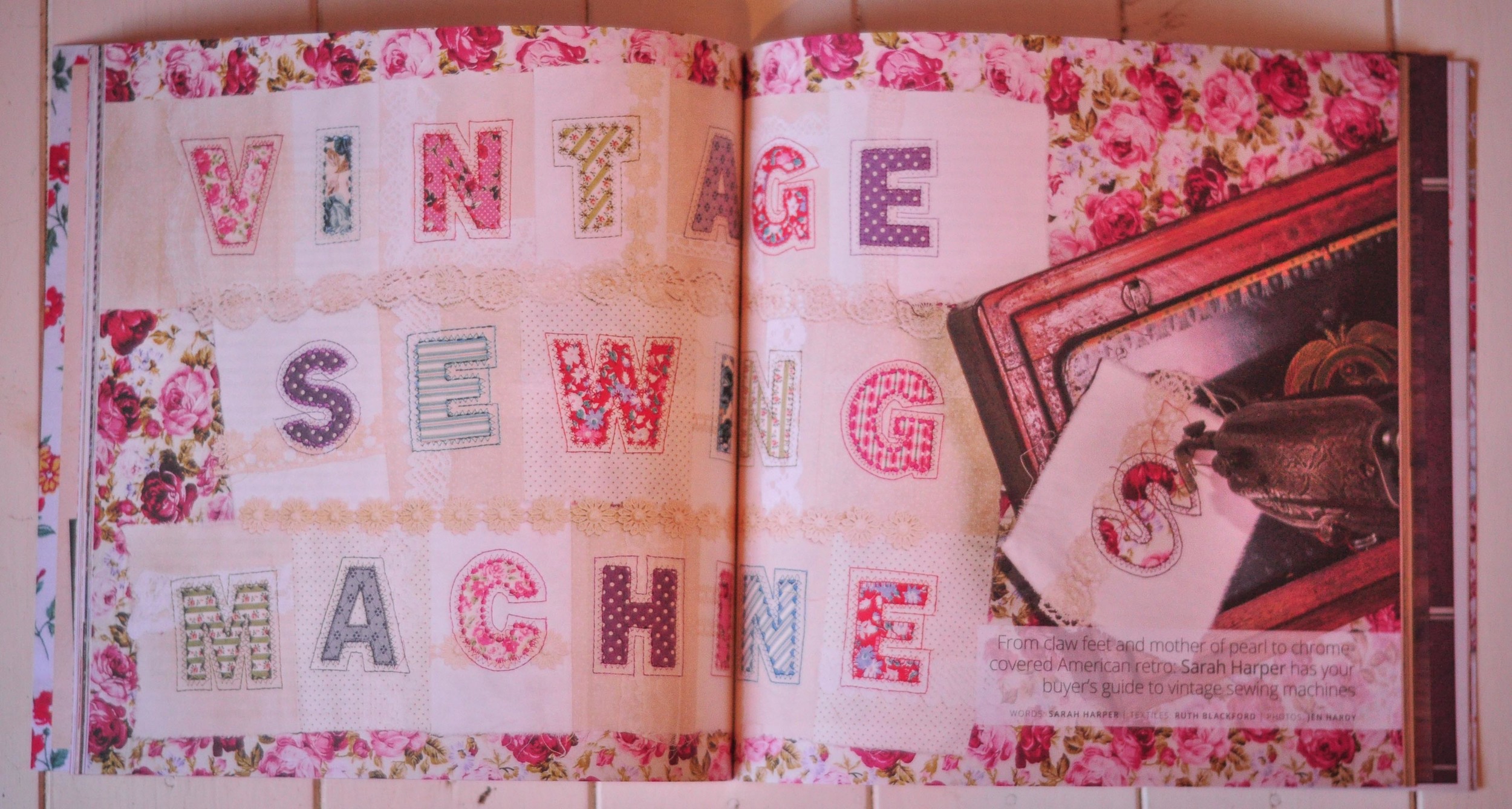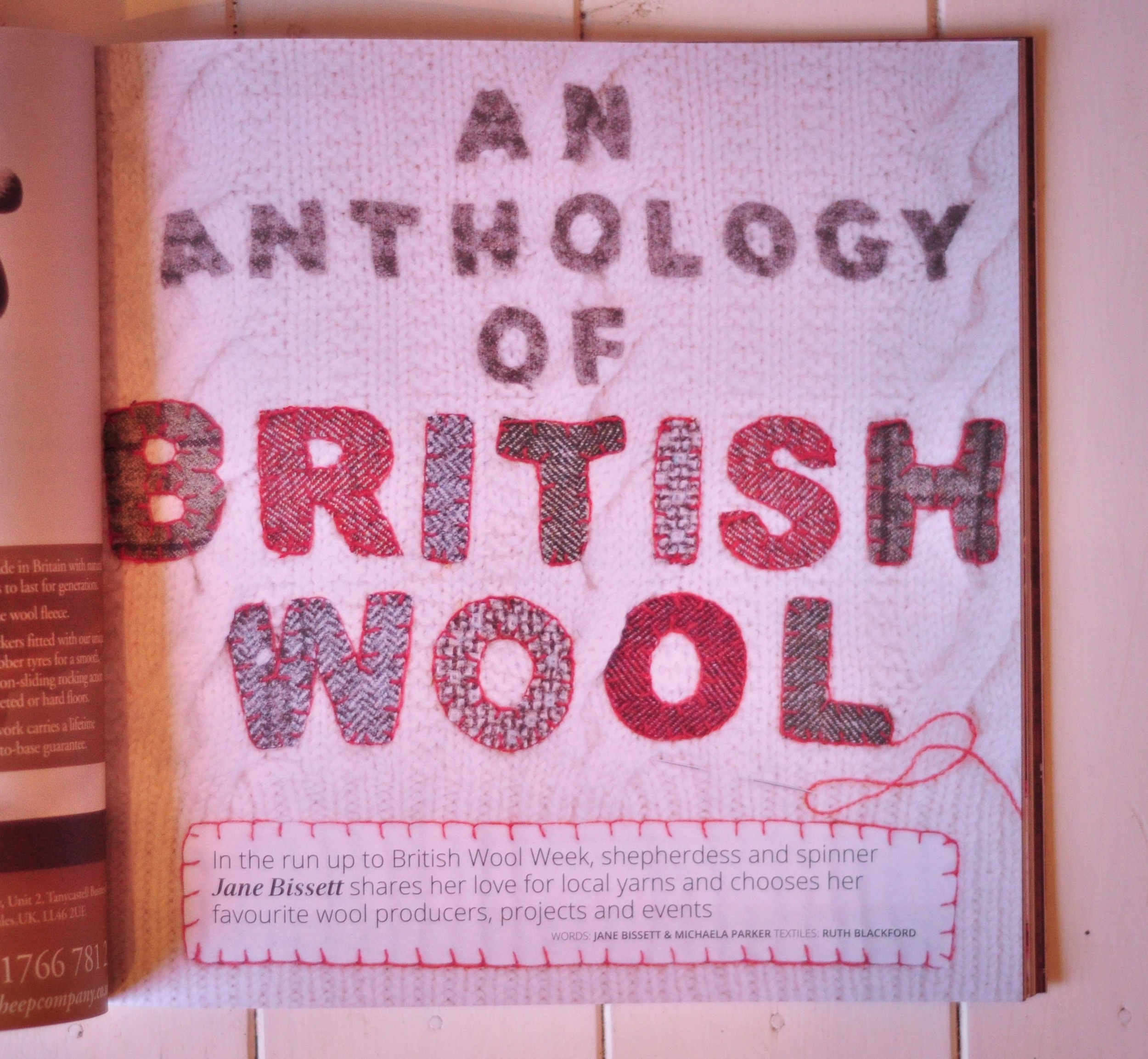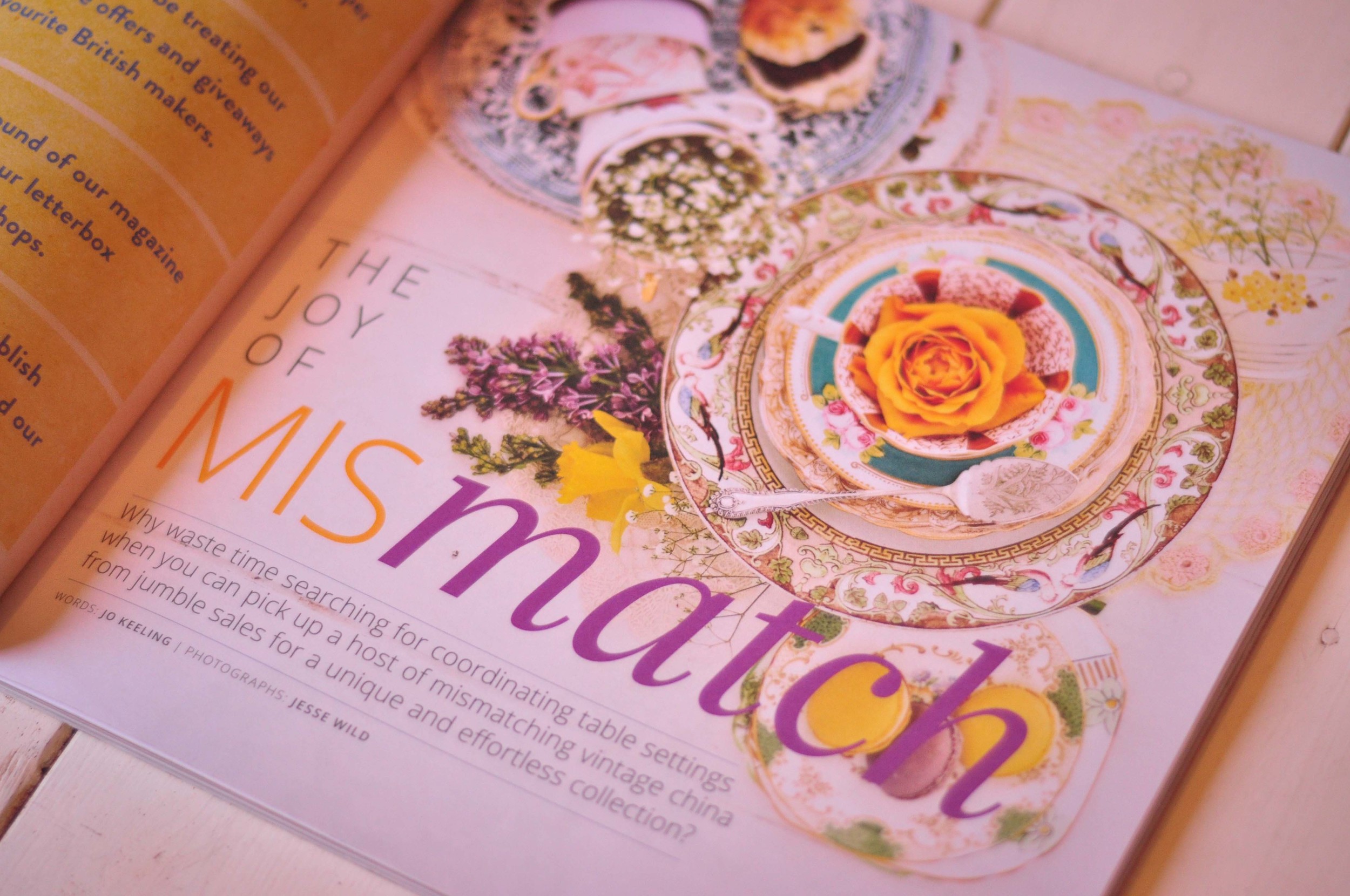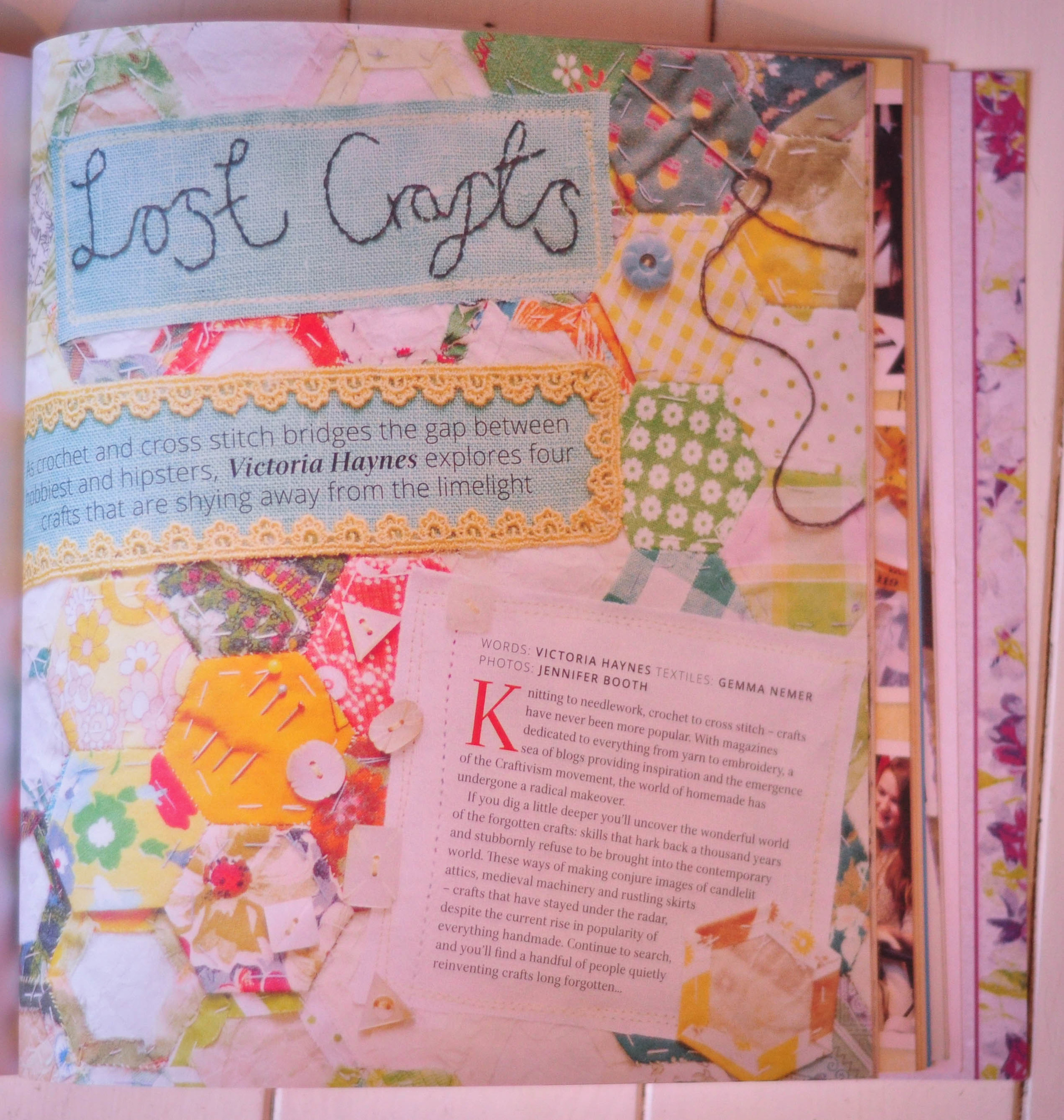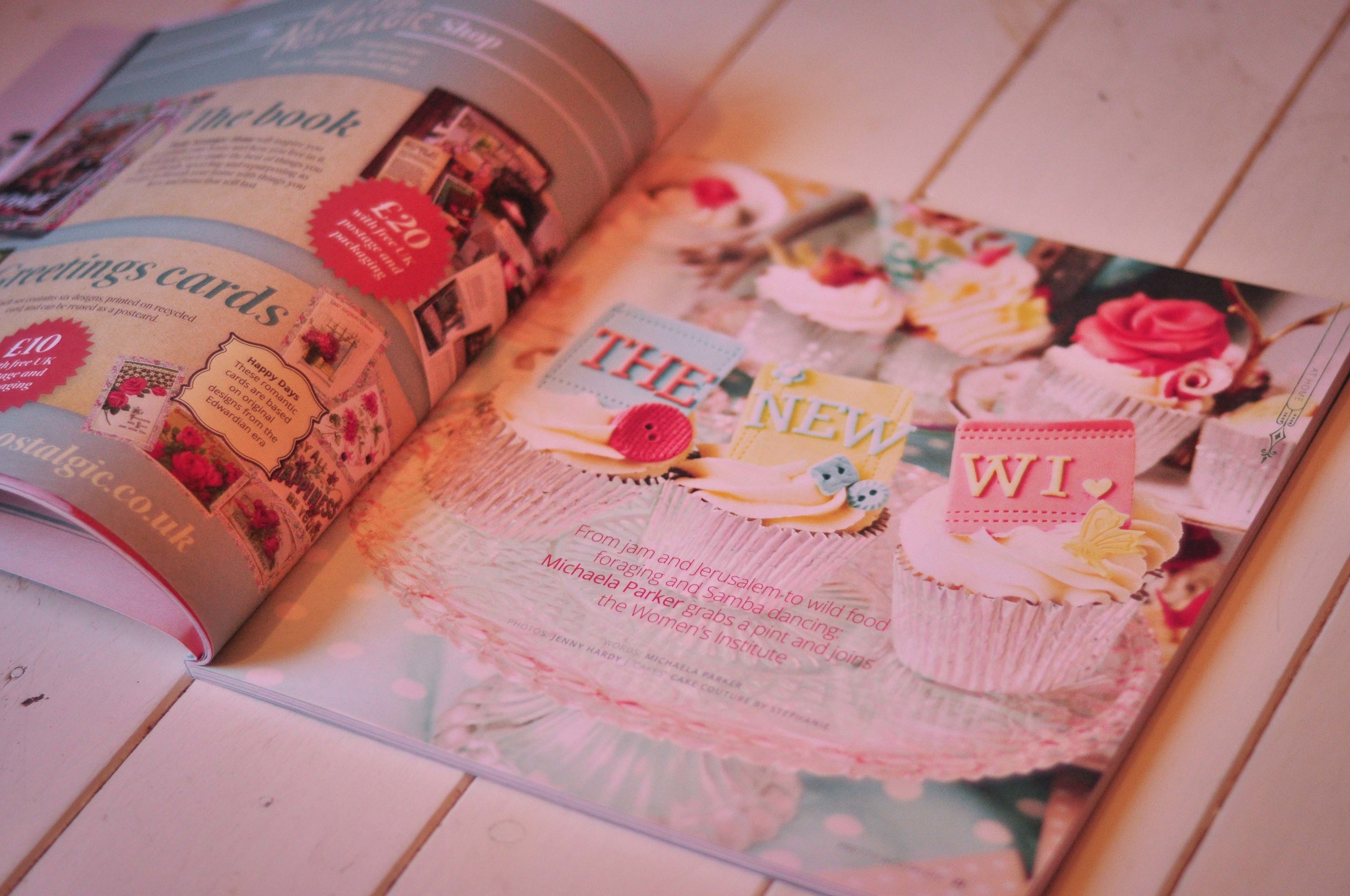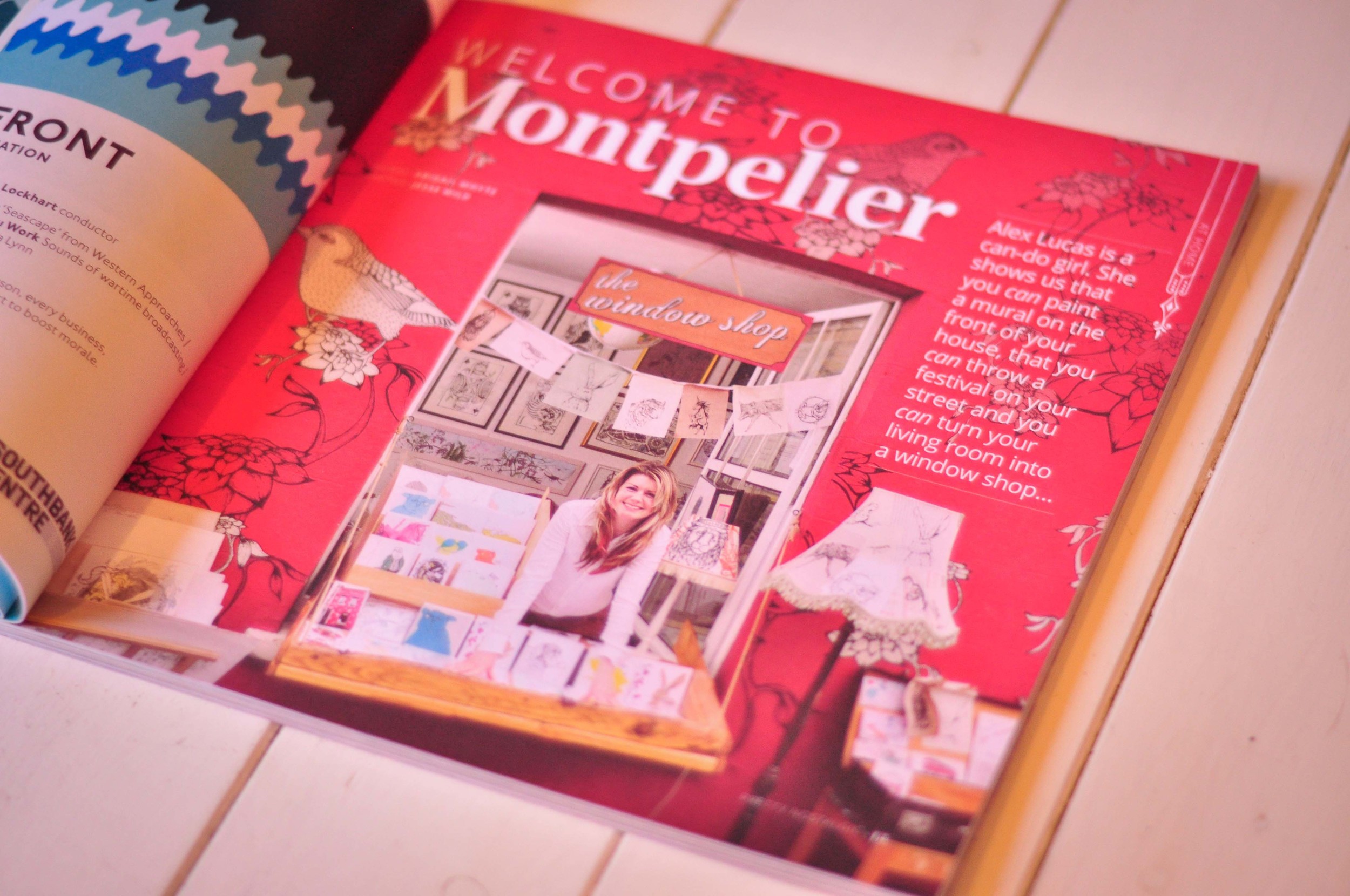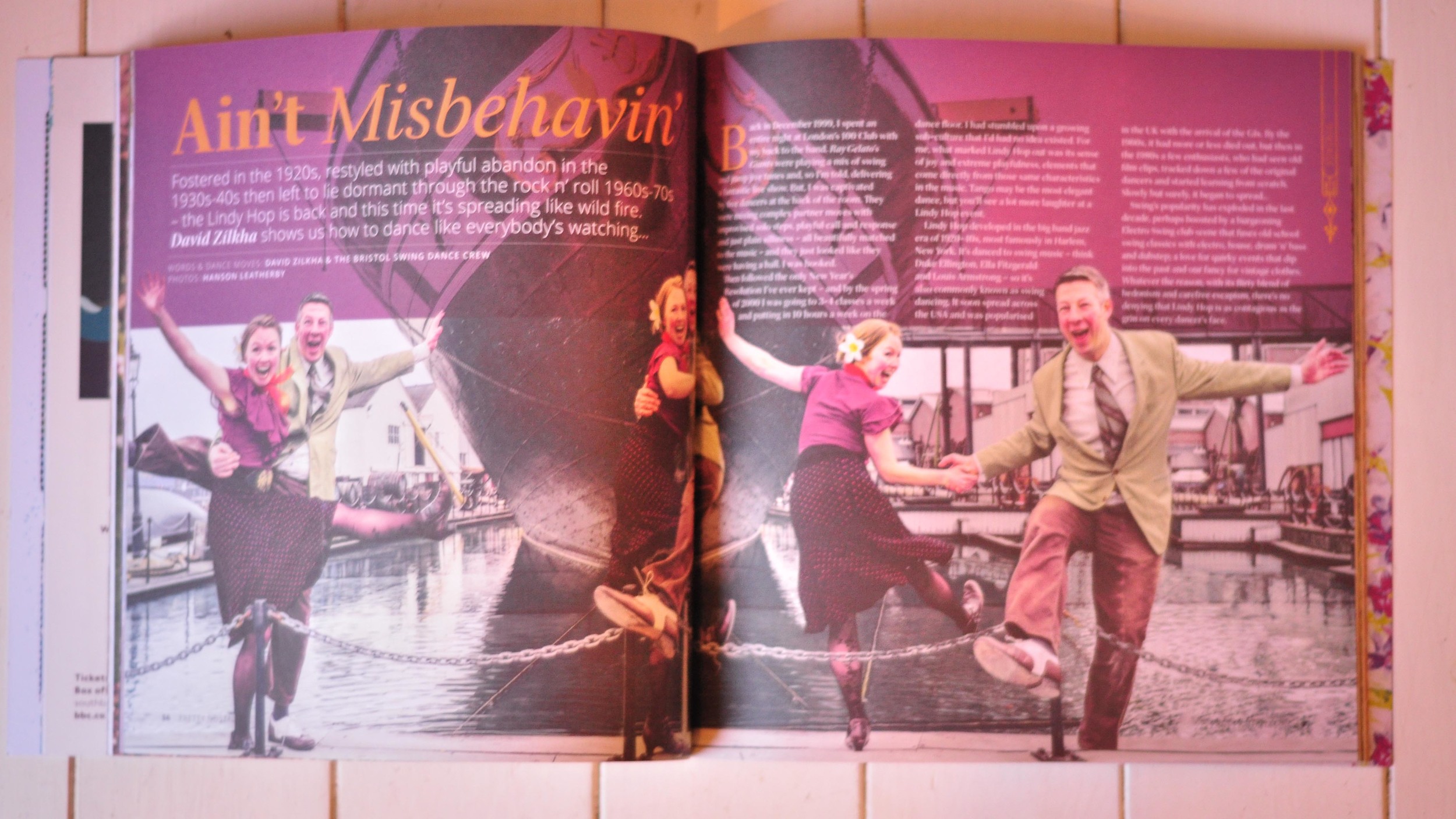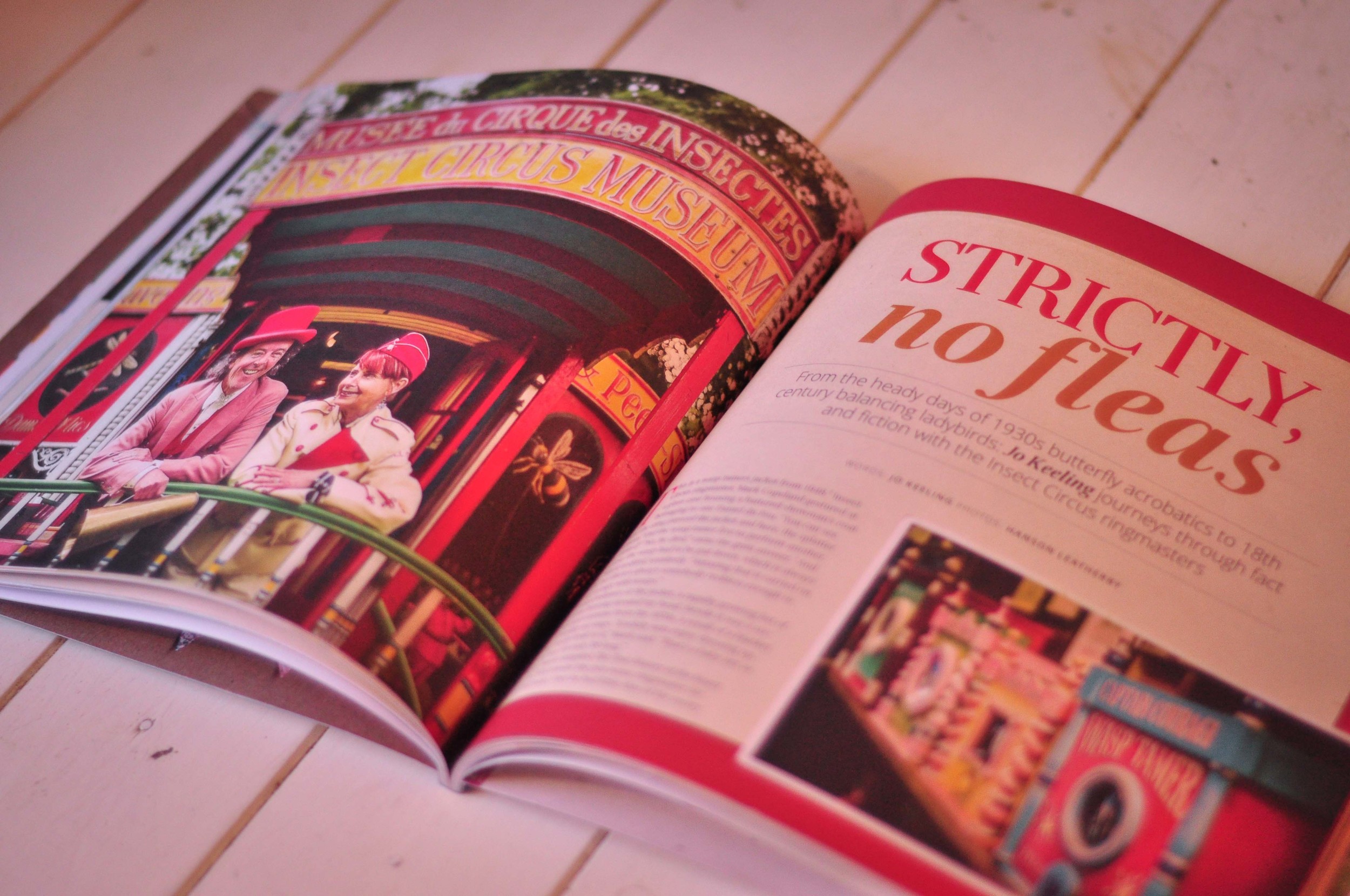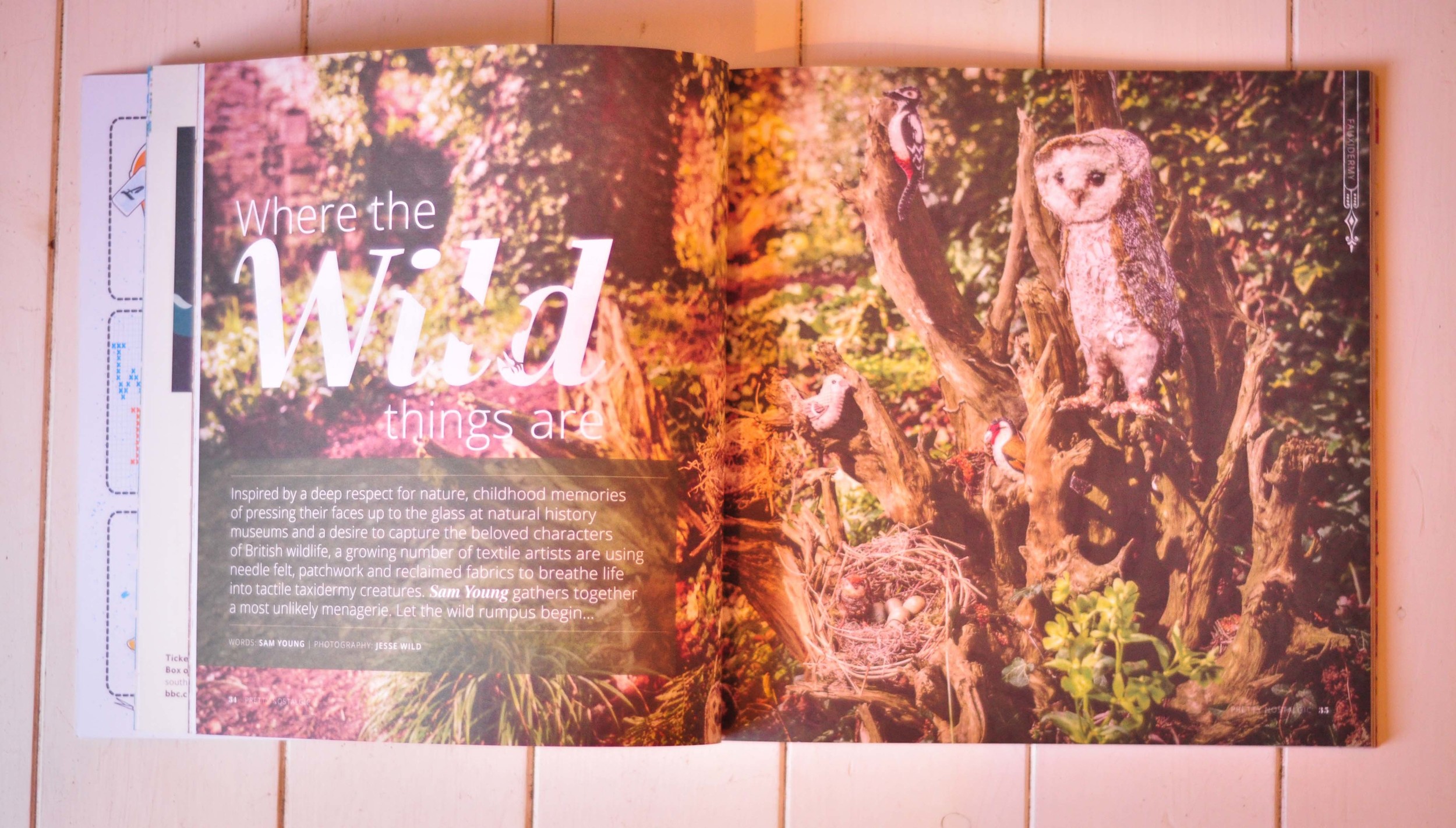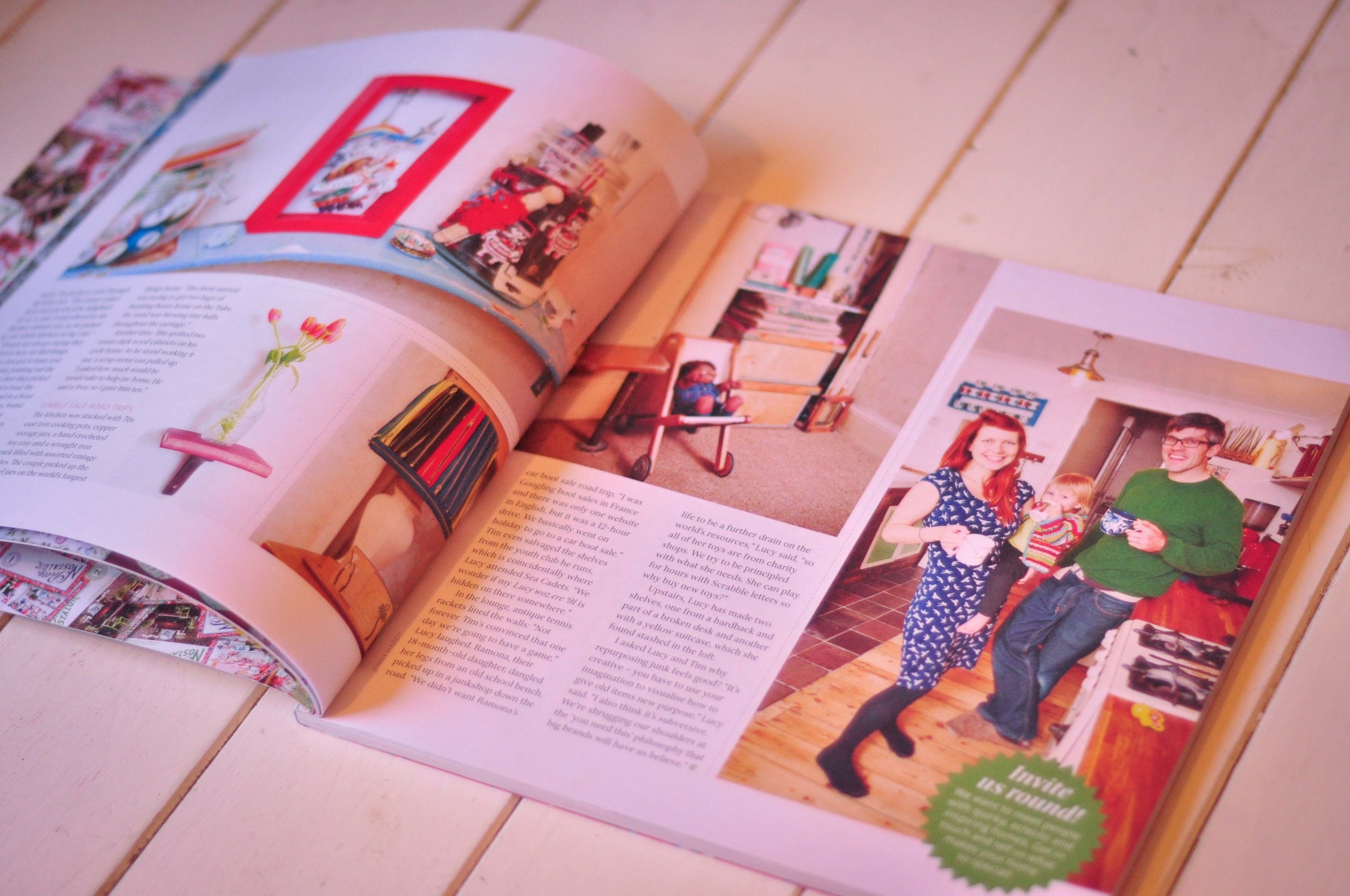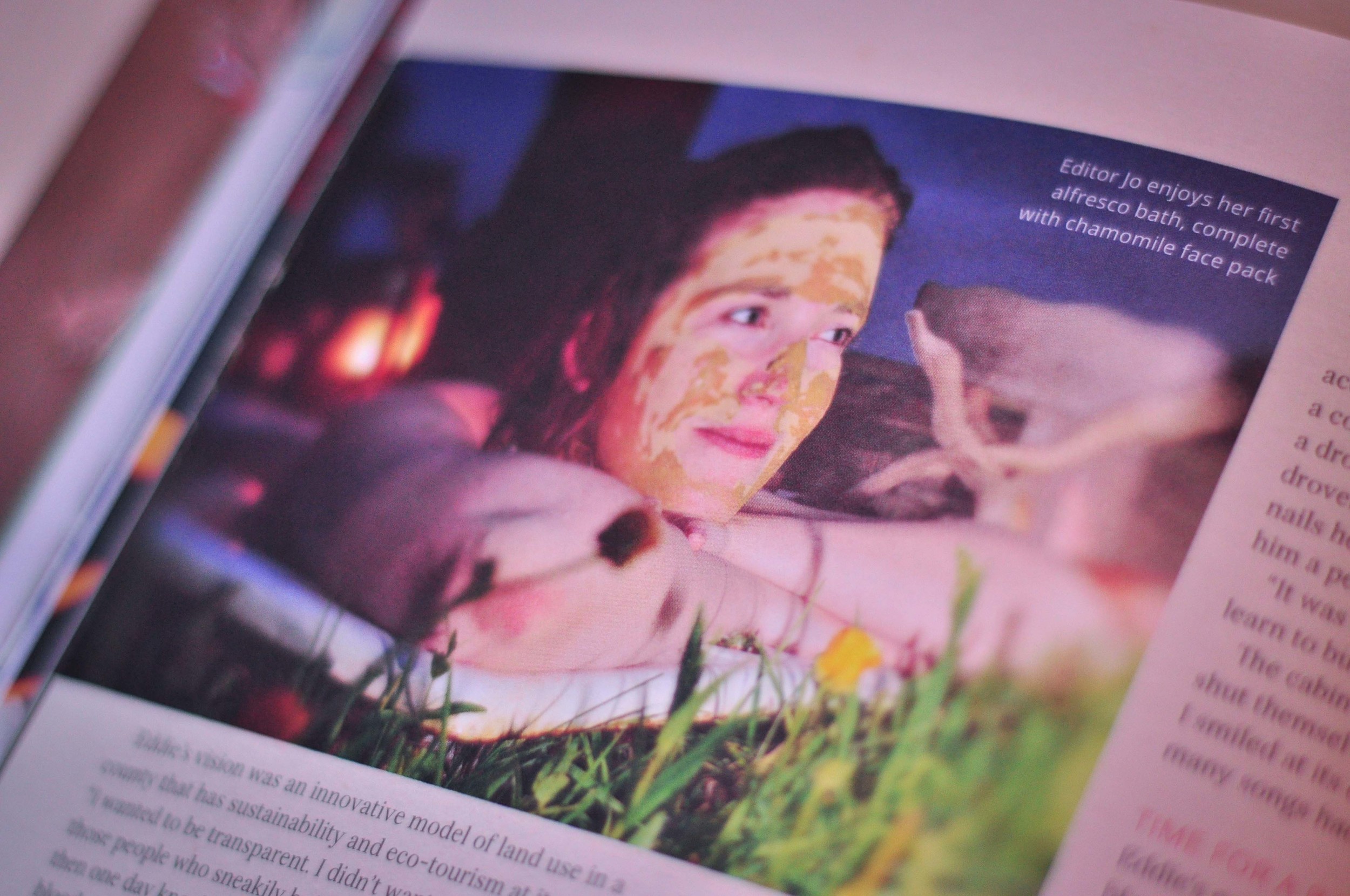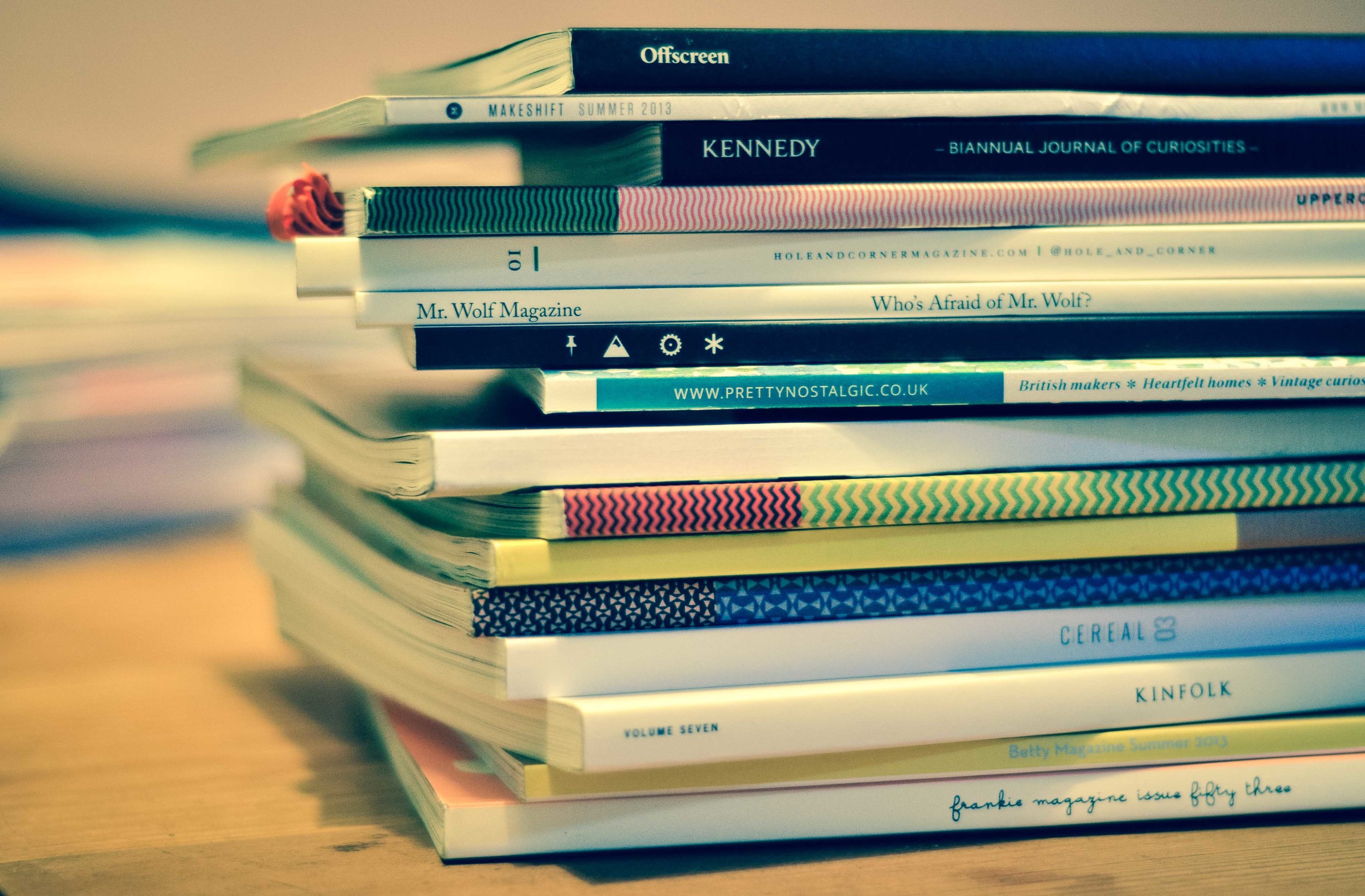Just before Christmas, I incorporated Uncharted Press Ltd - a new independent publishing company to produce Ernest Journal, which I hope to expand in a number of other directions (more on that another time). I spent much of the inbetweeny bit in the middle of Christmas and New Year listening to the sound of hail fizzing on a campervan roof and pondering exactly what sort of company I’d like to run. Knowing how much energy is needed to launch a magazine, I wanted to establish some work/life ground rules lest I become a shed-bound recluse, only to re-emerge blinking at the end of summer with the social skills of a hermit. It wouldn’t be the first time.
I’ve always been fascinated by stories of people who’ve established unconventional attitudes towards their work/life balance. One of the most inspiring comes from graphic designer Stefan Sagmeister, who closes his entire design agency every seven years to pursue his own creative adventures. You have to watch his incredible TED talk: The Power of Time Off.
In the talk, he thinks about the nature of work whereby we spent roughly 25 years learning, then the ages of 25-65 working, before retiring around 65. Finding this lacking, he decided to cut off five of those retirement years and intersperse them amongst his working years, taking every seventh year off. Of course, he’s not idle during those 12 months - although he does relocate to Bali and learns how to meditate - but mainly he explores his own projects, inventing a table made from compasses and teaching monkeys how to spell (watch the video).
It’s an awesome idea but, in practice, I’m notoriously bad at taking time off. The last time I took a sabbatical it didn’t end as expected - I took three months away from Countryfile magazine with the idea of walking sections of the South West Coast Path, pottering in the garden, learning how to sew properly and getting chickens called Shpongle and Dunkelbunt. But, bit by bit, the 2-3 days of week of freelance I’d set up to keep me in bread and cheese expanded and within 6 weeks I’d been offered a full time job on Pretty Nostalgic. Not a bad turn of events for sure, but not the break I'd planned for.
Another approach is 20% time, which is famously put into play at companies such as Google, Facebook, LinkedIn and (reportedly) Apple. Google offers its software developers the equivalent of a day a week to pursue personal projects, while employees who impress through LinkedIn’s Incubator project could be offered up to three months in a year to develop their ideas (that’s 25% time maths-fans). Of course, 20% time is often taken up on an ad hoc rather than a formal basis, but it’s a sure fire way of getting the most from restless and determined employees.
So, in the spirit of Stefan Sagmeister, who suggests that when planning something like this you should tell as many people as possible so you can’t chicken out later - I’m going to attempt to stitch 20% time into Uncharted Press. Following the launch of issue one, I’m going to spend a day a week pursuing related but separate creative projects – I’m already mulling over a few ideas from inventing a board game to collaborating on a series of Ernest-related events. And, although she’s freelance at the moment, I’m also going to extend the offer to Ernest’s features editor Abi, as I know she has a couple of project’s she’s dying to explore.
So watch this space and I’ll let you know whether 20% time takes off or winds up the same way as Shpongle and Dunkelbunt (I really ought to buy those chickens).


